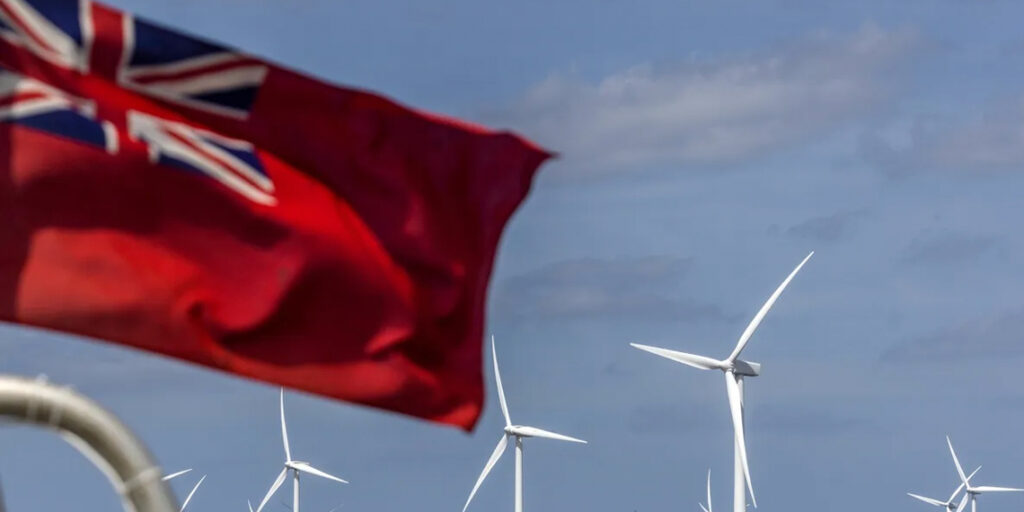The UK’s energy regulator Ofgem has given the green light to five new subsea power links connecting Great Britain with continental Europe and Ireland, aiming to capitalize on a boom in wind energy and transition the country into a net electricity exporter by the decade’s end. The ambitious plans involve the addition of up to 4.6 gigawatts (GW) of new connections under the North Sea to Belgium, the Netherlands, and Germany, along with 1.5 GW of connections to Ireland and Northern Ireland, according to a statement released by Ofgem.
Presently, the UK relies on importing power from France on most days to meet its energy demands. However, the newly approved subsea interconnectors are set to transform the nation’s energy landscape. Alongside expanding offshore wind capacity, these interconnectors are integral to the UK’s objective of achieving a fully clean power grid by 2030. National Grid, the UK’s grid operator, has projected that interconnector capacity must grow by 50% by the end of the decade to meet this ambitious target.
Akshay Kaul, Ofgem’s director general for infrastructure, highlighted the importance of these developments: “As we shift to a clean power system more reliant on intermittent wind and solar energy, these new connections will help harness the vast potential of the North Sea and play a key role in making our energy supply cheaper and less reliant on volatile foreign gas markets.”
Of the five projects, two are classified as offshore hybrid assets. These innovative projects will connect wind farms directly to interconnectors, enabling power to be dispatched to the market with the highest demand and price, instead of first transmitting it to the UK’s domestic grid before export. This streamlined approach is expected to increase market flexibility and revenue potential for renewable energy projects.
The two hybrid initiatives are being developed by National Grid Plc in partnership with operators in Belgium and the Netherlands. These projects aim to enhance the UK’s ability to export clean energy efficiently across Europe. Ben Wilson, president of National Grid Ventures, emphasized the importance of these links, stating, “Consumer demand for electricity is set to double in the next 25 years, and if built, these interconnectors would provide the invaluable flexibility we need in the system for both now and in 2050.”
The strategic approval of these projects reflects the UK’s commitment to reducing reliance on fossil fuels, cutting carbon emissions, and enhancing energy security through diversified and interconnected renewable sources.


